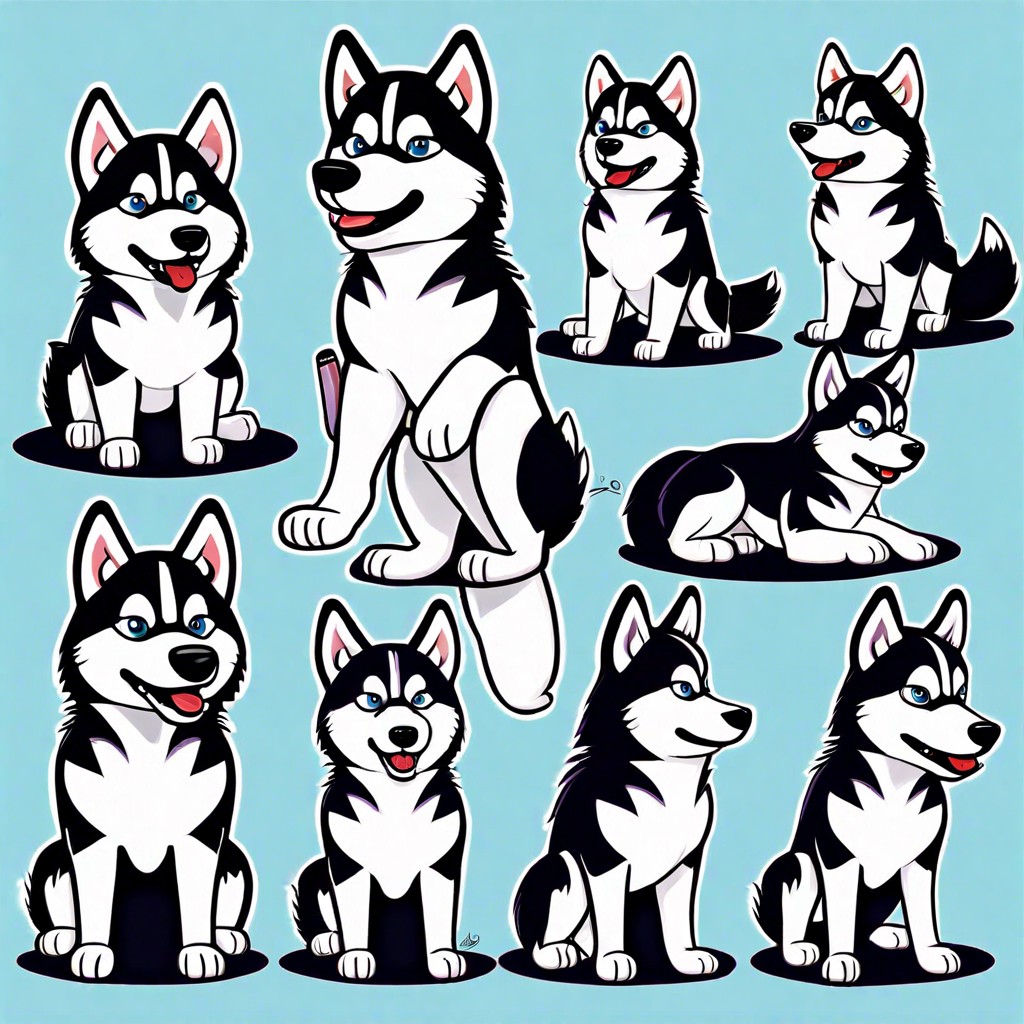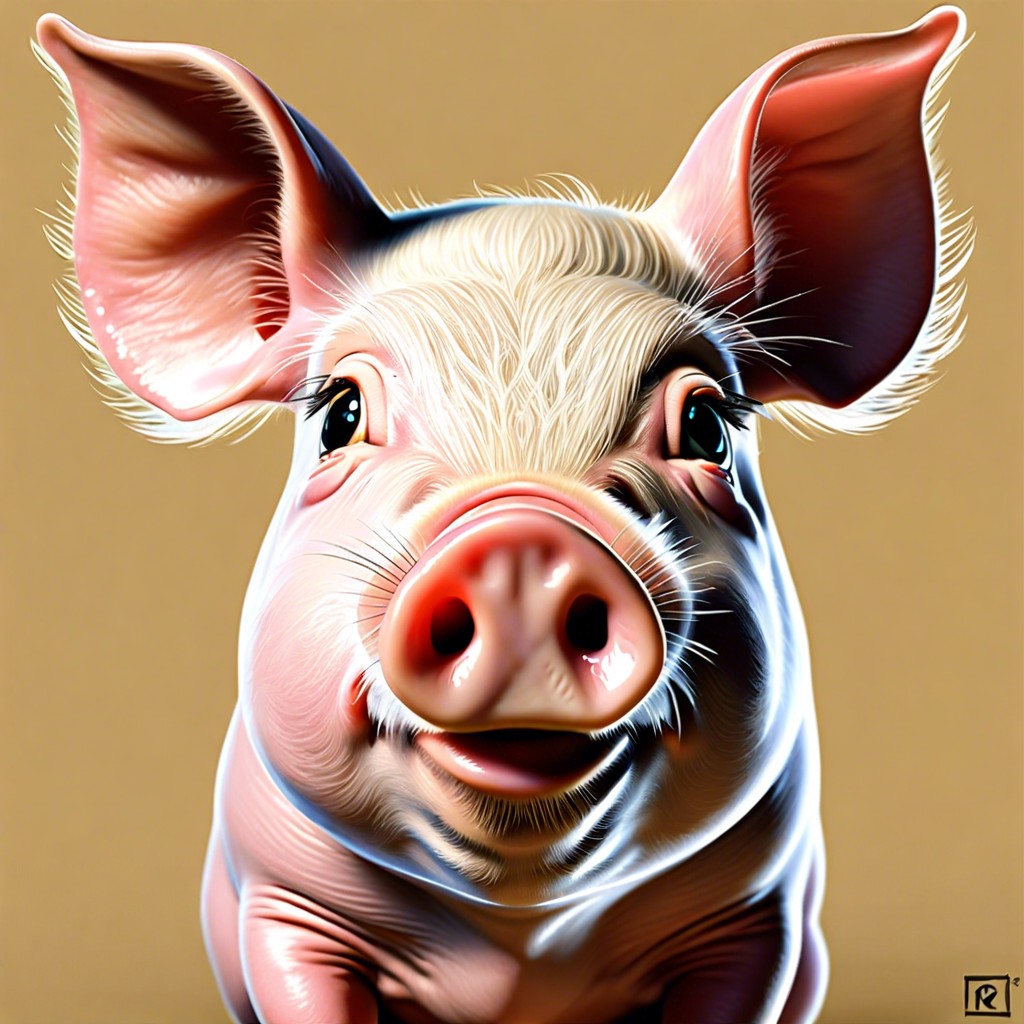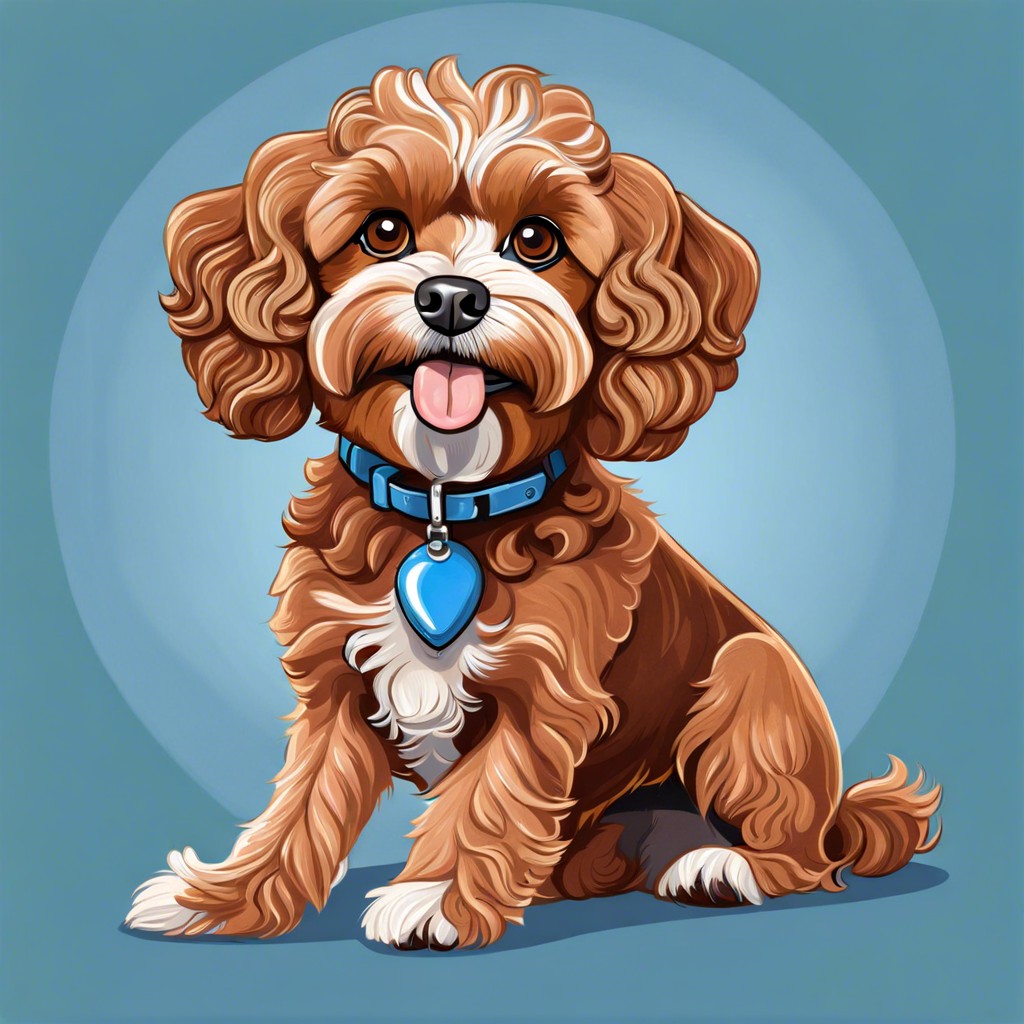This article explains the size of a horse’s hoof, highlighting its importance and variation across different breeds.
Key takeaways:
- The horse’s penis and prepuce have distinct anatomy.
- The scrotum and testicles are essential for reproductive functions.
- Accessory sex glands play a vital role in semen production.
- Temperature control is crucial for sperm production.
- Understanding these components is important for breeding and stallion care.
Anatomy of a Horse’s Penis and Prepuce
The anatomy of a horse’s penis is distinct and includes several key components: the shaft, glans, and prepuce. The shaft is expansible, allowing significant extension during arousal. The glans, at the tip, is sensitive and aids in mating. Encasing the shaft, the prepuce or sheath provides protection and ensures cleanliness.
As for the horse’s prepuce, it serves multiple functions. It maintains an optimal environment for the penis by secreting a natural lubricant, which reduces friction and prevents injury during extension and retraction. Regular self-cleaning through the ‘bean’ formation at the tip of the prepuce helps to expel foreign particles and excess smegma, ensuring the overall health and hygiene of the reproductive system.
Understanding these parts provides insight into their important role in equine health and reproduction.
Role of Scrotum and Testicles in Equine Reproductive System
In horses, the scrotum serves as a protective sac that houses the testicles. These are crucial for the production of sperm and testosterone, the hormone responsible for both reproductive functions and secondary male characteristics like muscle strength and dense bones.
Temperature control is essential, as sperm production requires a slightly lower temperature than the normal body heat. The scrotum naturally helps in maintaining this optimal temperature through its ability to contract and relax, altering the distance between the body and the testicles based on external temperature conditions.
Furthermore, testicles play a fundamental role in the overall fertility of the stallion. They produce millions of sperm cells daily, which are critical for successful breeding. This process, paired with hormone production, underscores the importance of regular health checks to ensure the reproductive system functions effectively, preventing issues like infections or tumors that can affect fertility.
Understanding these components aids in better management of breeding practices and optimal care of stallions in various equine industries.
Importance of Accessory Sex Glands in Stallions
Accessory sex glands in stallions include the seminal vesicles, prostate gland, and bulbourethral glands. These glands play a crucial role in the production and health of semen, which is essential for successful reproduction.
The seminal vesicles produce a fluid that mixes with sperm to form semen. This fluid contains nutrients that energize the sperm, ensuring they remain viable as they travel to fertilize an egg.
The prostate gland secretes a slightly alkaline fluid that further nourishes the sperm and protects them from the acidic environment of the female reproductive tract. This secretion is vital for enhancing sperm motility and longevity.
Lastly, the bulbourethral glands, also known as Cowper’s glands, release a pre-ejaculatory fluid. This fluid helps in lubricating the urethra for sperm to pass more smoothly and also helps to flush out any residues that might impede sperm movement.
Together, these glands ensure that the stallion’s reproductive system is optimally prepared for effective breeding, highlighting their significant role in equine reproduction.



